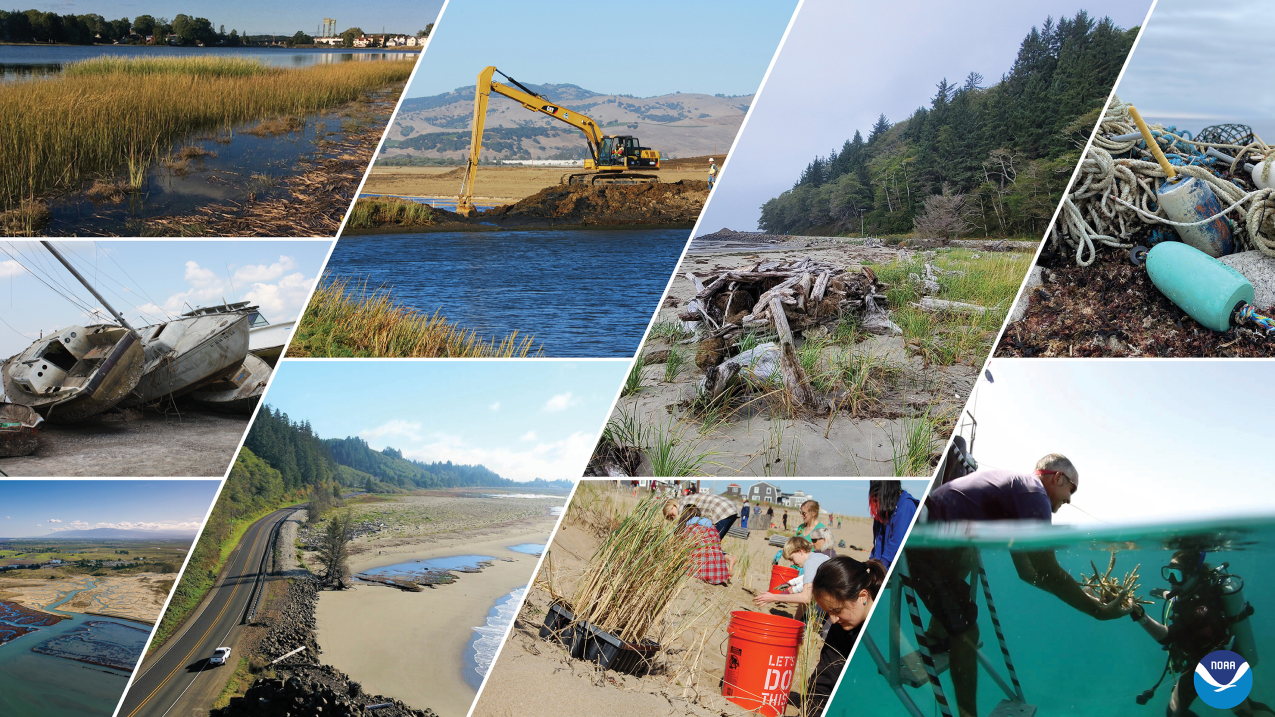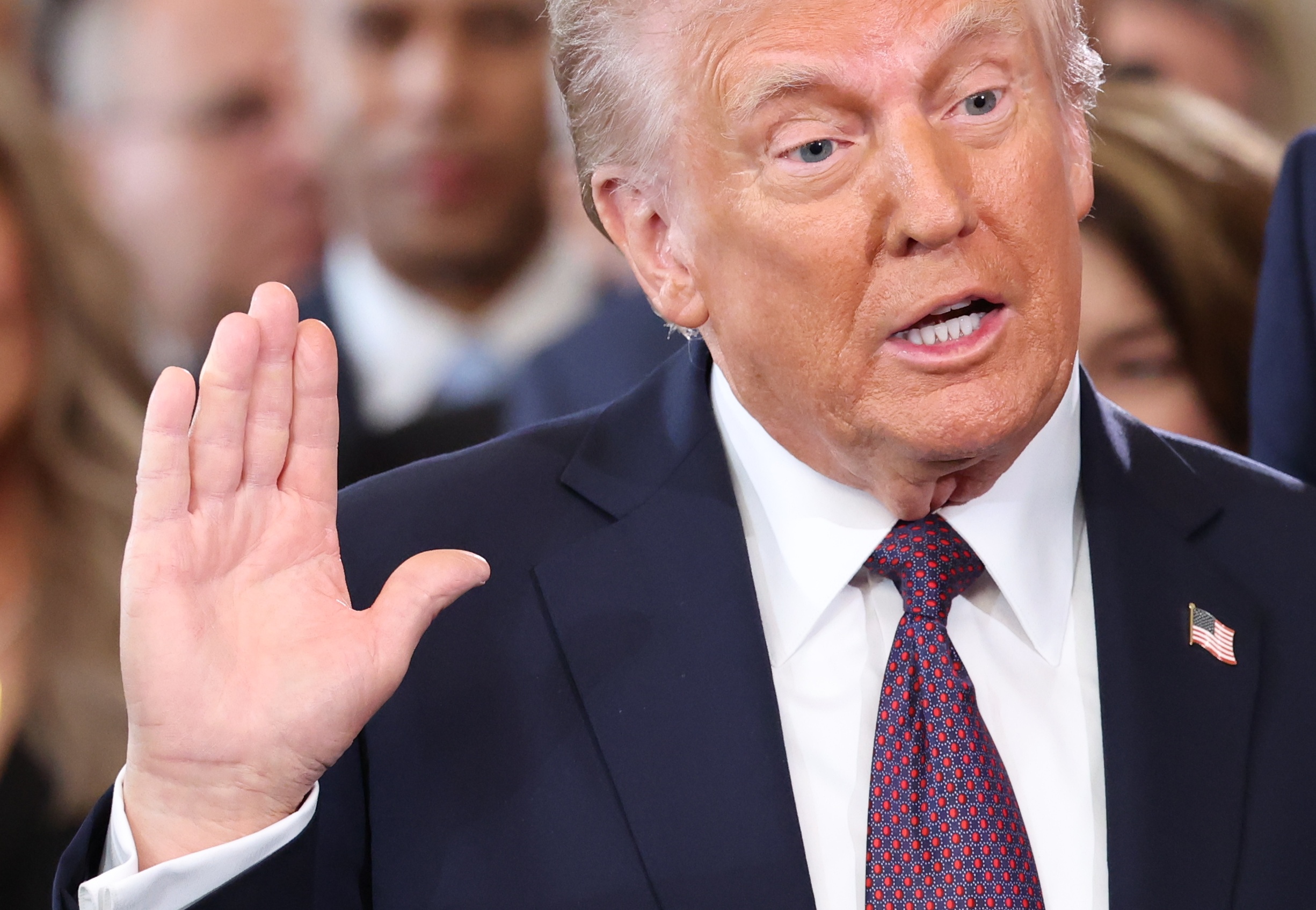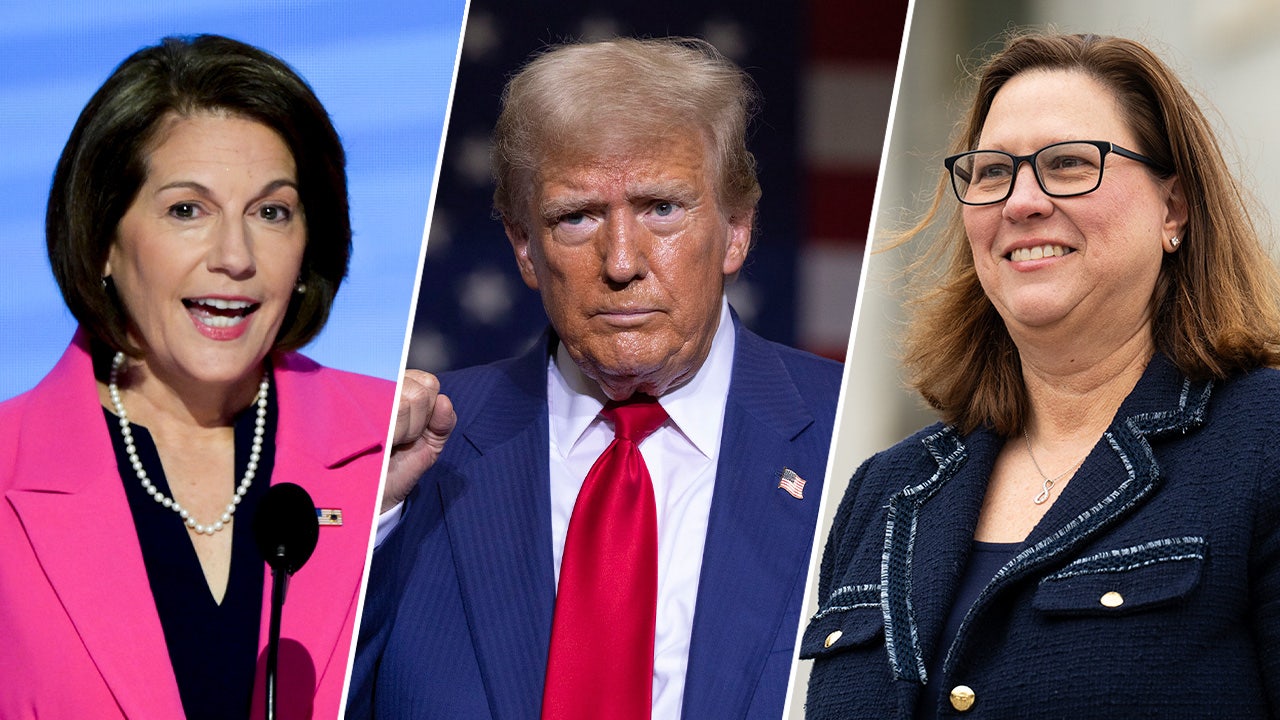Donald Trump promised a “golden age of America”, as he used his inaugural address to unveil sweeping moves to undo Joe Biden’s policies and reverse a “crisis of trust” he said had engulfed the government.
The new president announced aggressive new steps to boost energy production and curb immigration as he vowed to quickly deliver on the populist and nationalist platform that swept him to victory in last year’s White House race.
Trump also spoke of his own return to the White House as both personal vindication, following two assassination attempts, and a mission for dramatic overhauls of domestic and foreign policy.
“I was saved by God to make America great again,” he said, in a speech that included echoes of his dystopian description of “American carnage” in his first inaugural address in 2017.
“For many years, a radical and corrupt establishment has extracted power and wealth from our citizens while the pillars of our society lay broken and seemingly in complete disrepair,” he said.
“We now have a government that cannot manage even a simple crisis at home, while at the same time stumbling into a continuing catalogue of catastrophic events abroad,” he said.
Trump said his return to office meant “America’s decline is over”, as he vowed to “again build the strongest military the world has ever seen”. But he also hinted at a new era of American expansion, when he said the country would take back control of the Panama Canal.
He echoed his campaign promises to end wars in Ukraine and the Middle East, saying he would be a “peacemaker”.
“We will measure our success not only by the battles we win but also by the wars that we end and, perhaps more importantly, the wars we never get into,” Trump said. “My proudest legacy will be that of a peacemaker and unifier.”
In an apparent reference to previous efforts to prosecute him, Trump vowed “never again will the immense power of the state be weaponised to persecute political opponents”. He has previously threatened to prosecute his own political foes.
Former presidents including George W Bush and Barack Obama attended the ceremony, while technology billionaires such as Elon Musk and Jeff Bezos who have recently flocked to Trump’s side had prime spots in the audience.
Trump re-enters the White House with broader support from the public and business community than when he left office in 2021, just weeks after his supporters stormed the US Capitol to try to reverse Biden’s election.
Trump now faces the daunting task of delivering on his promise to lower the cost of living for middle-class households, a pledge that was his most potent political weapon in his victorious campaign against Kamala Harris.
The new president said he would declare national emergencies on issues including immigration and energy, giving the president power to rush through new measures. As he was speaking, the White House said it was withdrawing from the Paris climate accord.
But Trump stopped short of announcing new tariffs immediately, instead planning to release a memorandum instructing government agencies to re-evaluate America’s trade relations with trading partners including China, Mexico and Canada.
The hesitance suggests his top aides are grappling with how aggressively to impose levies on America’s top trading partners. But Trump said tariffs would still be forthcoming.
“Instead of taxing our citizens to enrich other countries, we will tariff and tax foreign countries to enrich our citizens,” he said.
Before he spoke, the dollar dropped about 1 per cent against a basket of other currencies in US morning trading, putting it on course for its biggest daily decline in more than five months.
Trump’s return to the White House has unnerved some of America’s closest allies who fear a further lurch towards protectionism and new turn towards isolationism in Washington.
But staunch conservative world leaders have cheered his election victory. Javier Milei, the president of Argentina, and Giorgia Meloni, Italy’s prime minister, were among leaders attending his inauguration.
























/cdn.vox-cdn.com/uploads/chorus_asset/file/23935558/acastro_STK103__01.jpg)
/cdn.vox-cdn.com/uploads/chorus_asset/file/25826211/lorealcellbioprint.jpg)
/cdn.vox-cdn.com/uploads/chorus_asset/file/25832751/2192581677.jpg)

/cdn.vox-cdn.com/uploads/chorus_asset/file/25835602/Switch_DonkeyKongCountryReturnsHD_scrn_19.png)

/cdn.vox-cdn.com/uploads/chorus_asset/file/24774110/STK156_Instagram_threads_1.jpg)